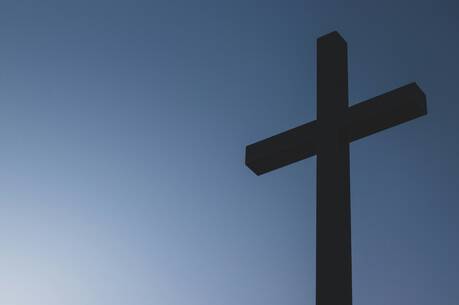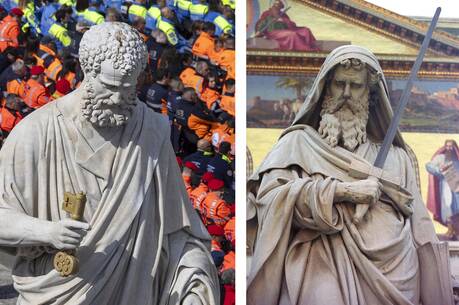Light Shining Through the Ashes II
As a newly ordained priest I was working with a military chaplain at a base in Germany. As we prepared for Ash Wednesday, he told me not to distribute the ashes after the homily (the usual time) but to wait until the end of Mass. In his experience great numbers would come to church simply for the ashes and leave once they were smudged. His wisdom proved true; puzzled people huddled in the aisles, waiting throughout the eucharistic prayer. Ashes on the forehead have become the once-a-year public signature for most Catholics.
And yet for ordinary people this gesture symbolizes a profound truth. When confronting the crises of life, they realize that the church offers signs of hope, as we all acknowledge that we are dust and to dust we shall return. In his important work The Denial of Death, the psychiatrist Ernest Becker noted that by not entering into the mystery of death people waste their lives on palliatives. A man in his 90’s, bent over with arthritis, walks slowly down the aisle, and a lively little five-year-old girl skips out of church, both carrying their credentials as ambassadors of reconciliation, a smudge that is a sign of the mystery of death and a promise of victory over it.
Lent is not simply 40 days of repentance or change of heart in preparation for Easter, but the beginning of a pilgrimage that moves through the paschal mystery and continues 50 days to Pentecost. The readings summon us to a return to a God who is slow to anger and rich in mercy, who gives back the joy of salvation and sustains a willing spirit (Ps. 51) and who knows how our hearts can turn quietly to him. Paul summons Christians to be ambassadors of reconciliation, because God made him who did not know sin to be sin, so that in him we might become the very holiness of God. Paul says that as we are reconciled to God we enter an acceptable time, a day of salvation. This is the ultimate reason why people should stay (willingly, I would hope) for the whole eucharistic liturgy. The signed foreheads signal a journey of renewal through death to all that wrenches us from love of God and neighbor, to the joy of victory over death at Easter and hope for continuing life in the Spirit, when the dust of death shall be no more.
This article also appeared in print, under the headline “Light Shining Through the Ashes II,” in the February 4, 2002, issue.







